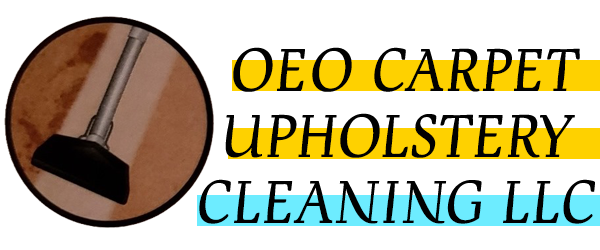Professional carpet cleaning is crucial for every person who wants to keep their house clean, healthy, and visually pleasant. Unlike traditional vacuuming or DIY cleaning procedures, professional carpet cleaning penetrates the carpet fibers to remove persistent stains, dust mites, allergens, and other pollutants that regular cleaning cannot. “Professional Carpet Cleaning 101,” is intended to teach you all you need to know about professional carpet cleaning, from understanding the procedure to choosing the best service and preparing your house for cleaning.
Advantages of Professional Carpet Cleaning.
There are several advantages to using expert carpet cleaning services. First and foremost, it greatly improves carpet cleanliness, eliminating more dirt and toxins than traditional home cleaning techniques. This is especially good for houses with pets, children, or allergy sufferers since it promotes a better living environment.
Second, professional cleaning may help to extend the life of carpets by reducing wear and tear caused by dirt and debris. Finally, it helps to create a more aesthetically beautiful and odor-free environment, increasing comfort and living standards.
Process of Professional Carpet Cleaning
The professional carpet cleaning procedure usually starts with a pre-inspection, in which professionals assess the carpet’s condition, detect stains, and choose the best cleaning approach. Following that, the carpet is cleaned to remove surface debris, and a pre-treatment solution is used to break down difficult stains.
The major cleaning procedure then begins, which may include steam cleaning (hot water extraction), dry cleaning, or another specialist treatment, depending on the carpet’s composition and amount of soiling. Finally, the carpet is dried with professional-grade equipment, leaving it clean, fresh, and nearly ready for immediate usage.
Types of Professional Carpet Cleaning Methods
There are various techniques of professional carpet cleaning, each with its own benefits:
- Steam cleaning involves injecting hot water and cleaning ingredients deep into carpet fibers, which are subsequently extracted along with the dirt and contaminants. It is quite good in removing deep-seated filth and stains.
- Dry cleaning use minimal moisture in conjunction with a chemical ingredient that clings to grime, making it easier to remove. Ideal for places that require immediate usage following cleaning, as well as sensitive carpets that cannot take wet cleaning.
- Encapsulation is a low-moisture process for trapping dirt in a polymer film that dries to a crystalline residue that may subsequently be vacuumed away. Suitable for commercial and maintenance cleaning applications.
Readying Your Home for Professional Carpet Cleaning
Homeowners may take numerous actions to prepare their homes for professional carpet cleaning, ensuring that the operation runs smoothly and efficiently.
Clearing the carpeted area of furniture and personal objects, vacuuming to remove loose debris, and pointing out particular issues to the specialists may all help to ensure a more thorough cleaning. Additionally, keeping dogs and youngsters away from the area while cleaning is critical for safety and efficiency.
Aftercare: How to Maintain Your Carpet After Cleaning
After professional cleaning, appropriate aftercare is required to keep the carpet clean and extend its life.
Key measures include vacuuming on a regular basis, responding quickly to accidents, and avoiding treading on the carpet until it has completely dried.
For carpets in high-traffic areas or houses with dogs and children, professional cleanings should be scheduled at least once a year, if not more frequently.



